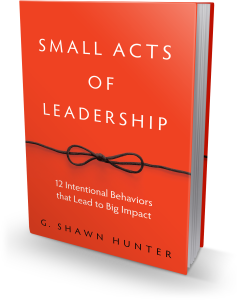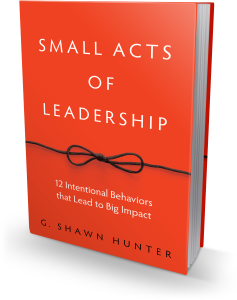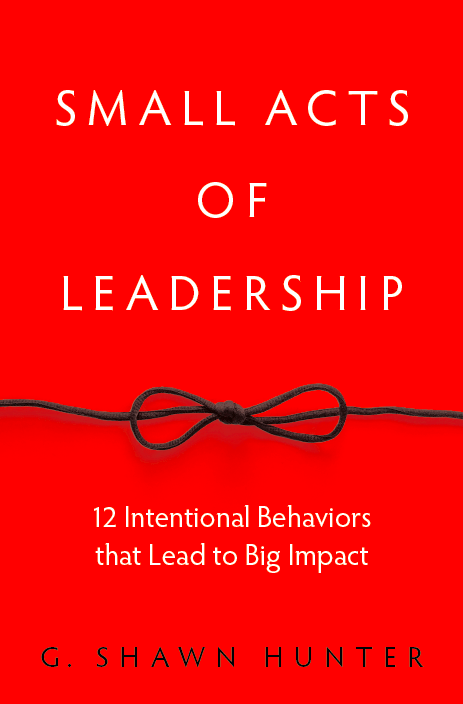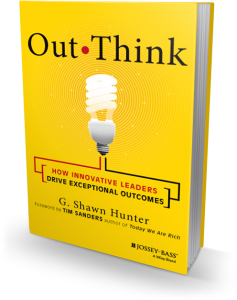Innovate How You Innovate. Reward Creative Deviance.
HCL Technologies is a big company, with 117,000 employees and 7.4 billion in annual revenue, it’s big. And as a big company you might think it’s also slow to react, slow to innovate. Not quite. HCL has built innovation into the mindset of the people in the company and created a culture that can sometimes be intentionally, creatively subversive.
A few years ago, Krishnan Chatterjee, HCL Technology’s senior vice president of marketing, was approached by a group of young associates who wanted to create their own social media sharing environment, accessible only to the company’s employees. Kind of like their own internal Facebook. They were really excited about the idea.
They wanted to build their own private social media environment instead of licensing something else. Chatterjee objected. Chatterjee told them it was a waste of time. They could easily license social platforms such as Yammer, Chatter or Jive, make them readily available for HCL associates, and the company wouldn’t be responsible for the hosting and the maintenance of these external systems. So why build our own? Chatterjee isn’t opposed to innovation of course, but he is opposed to wasting time and energy.
The young engineers at HCL listened to Chatterjee’s advice, and then they did it anyway. They built an online forum, and called it MEME. MEME allows HCL employees to interact with their colleagues across the organization, and quickly attracted more than 50,000 members.
Initial reviews of the social media site were positive, and Chatterjee himself confesses to being a big fan and an active member. HCL Technologies has an average employee age of 26 and consistent double-digit growth, and innovative leaders need to understand they are invited to take initiative, regardless of where they sit on an organizational chart.
“In most companies people walk in and leave their true personality hanging on a hook outside like an overcoat. That’s not what we want at HCL.”
– Krishnan Chatterjee, HCL Technologies
But this particular project wouldn’t have happened if those junior programmers in the company had heeded the advice of their managers. Instead, they chose to persist in their creative subversion. Ultimately, of course, they were acknowledged, and rewarded by their bosses.
The advice is this: if you have a dream, stick with it, gather a following, and build, or at the very least prototype what you’re championing and proposing, because the farther along you get in your thinking and development, the more likely you are to build support. When you pitch an idea, start first by creating value before you create perceived risk.
Positive Deviance is based on the observation that in every community there are certain individuals or groups whose uncommon behaviors and strategies enable them to find better solutions to problems than their peers, while having access to the same resources and facing similar or worse challenges.
Innovation isn’t rocket science. It can be deconstructed and learned by anyone. Try our course Out•Innovate the Competition to build measurable innovation in your workplace.
- ____________________________________________________

Last summer, my son and I bicycled across America with two other dads and their teenagers. We published a new book about it called Chasing Dawn. I co-authored the book with my cycling companion, the artist, photographer, and wonderful human jon holloway. Buy a copy. I’ll sign it and send it to your doorstep.

 Shawn Hunter is President and Founder of
Shawn Hunter is President and Founder of  Shawn Hunter is President and Founder of
Shawn Hunter is President and Founder of  Shawn Hunter is President and Founder of
Shawn Hunter is President and Founder of  Shawn Hunter is President and Founder of
Shawn Hunter is President and Founder of  Shawn Hunter is President and Founder of
Shawn Hunter is President and Founder of 

